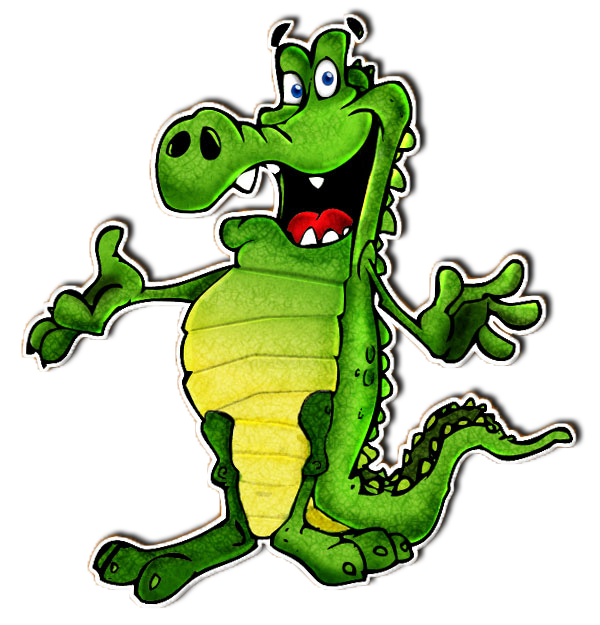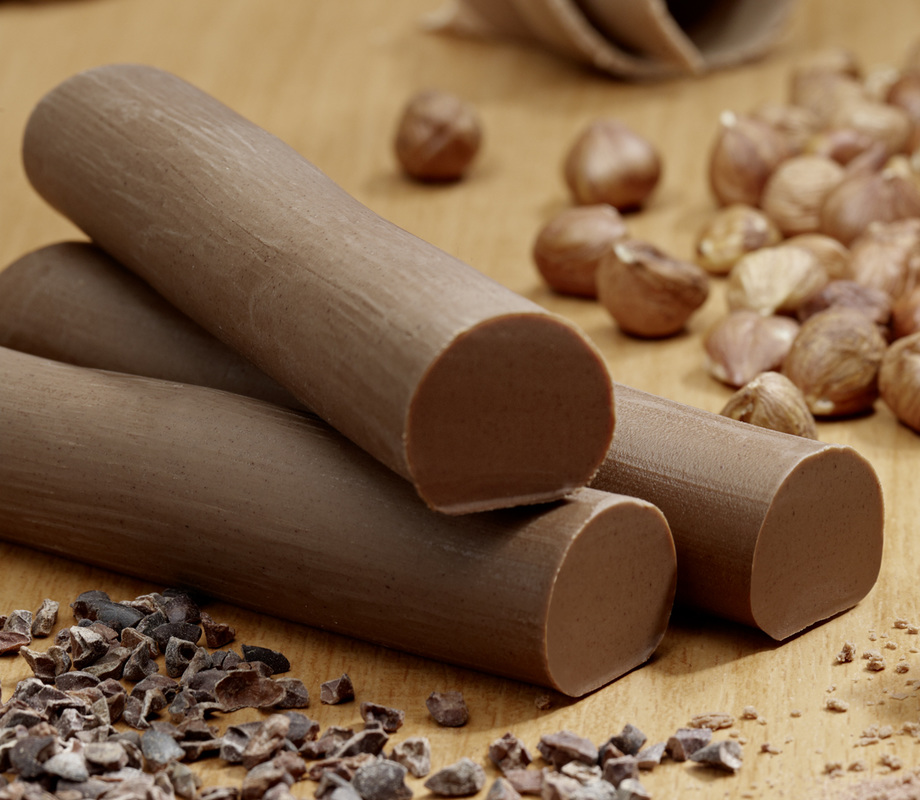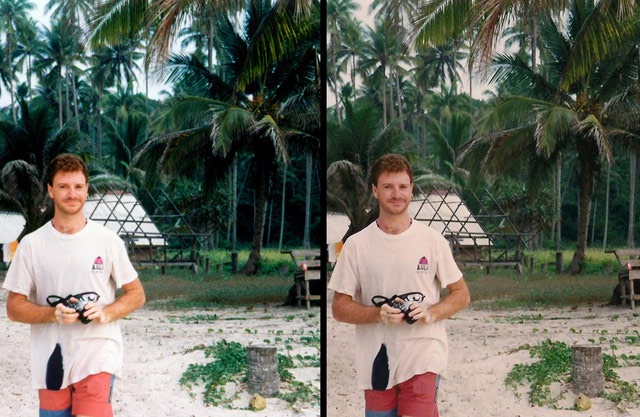|
|
See Some Examples
|
These images all look pretty much the same. The higher the image PPI value is, the "crisper" the image will look.
The human eye has it's limits, and is easily fooled. All these images look pretty much the same simply because when an image is put in the Internet it simply does not require a 300PPI resolution to look fine. Most people don't realize the average image on the Internet is really a low resolution image: they load faster,and require less space. |







